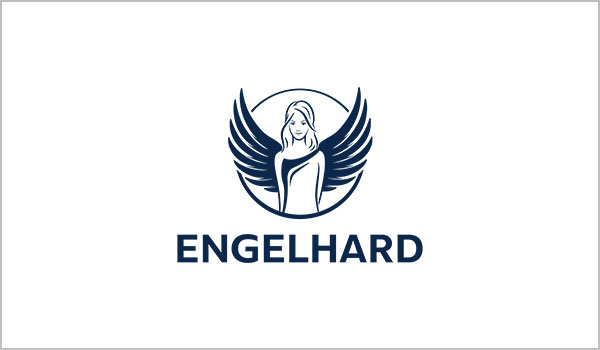With the SAP EAM module, SAP offers a functionally extremely comprehensive application for the maintenance of mobile and stationary systems and devices. User-friendliness, process orientation or even the seamless integration of third-party systems, on the other hand, are not among the strengths. With OPRA we close this gap and enable a functional, functional and visual integration of facilities, people, processes, data and systems – fully integrated into the existing SAP system.
OPRA is based 100% on SAP technology, so it does not require any interfaces or middleware and thus enables a smooth interaction with other SAP modules like MM, FI/CO, HR, SD, etc. Furthermore, OPRA allows the seamless integration of non-SAP systems; both optimize data transparency and integrity.
User- or role-specific and uniform interfaces also considerably increase efficiency and user-friendliness compared to standard SAP and avoid double data entry.
With OPRA there is no need to enter data twice, since in addition to the SAP system, non-SAP systems can also be integrated into the solution. Data entry or maintenance in different applications is therefore not necessary. All data is entered, output or evaluated via the OPRA cockpits. The data quality is significantly increased.
With the OPRA applications for mobile maintenance, the shop floor employee has everything he needs to do his job efficiently. No matter if it is the retrieval of current and historical information about the plant, the processing of checklists from a planned maintenance or the feedback of malfunctions or adhoc repairs. The work is done with just a few fingertips.

With OPRA, the pharmaceutical manufacturer Engelhard meets the strict compliance regulations in the pharmaceutical sector. Everything is based on SAP and absolutely comprehensible for auditors.
In OPRA, the most important processes for efficient maintenance or asset lifecycle management are already mapped, which only need to be extended by customer-specific requirements. In general, if SAP PM / EAM is already in operation, this leads to a very fast and economical implementation of the solution. In particular, if an SAP PM / EAM implementation is imminent, this means even greater savings potential – in terms of time and money. Because a SAP PM / EAM implementation means that processes must be defined in the first step and then brought into the SAP system. In addition to the time required, there are also considerable implementation costs. Since most of the processes are already defined in OPRA, they only have to be adapted to the respective customer requirements; on the PM / EAM side, only basic customizing is required.
Basically OPRA works process-oriented. This means that with OPRA, only the necessary data from various SAP transactions is entered in very clear cockpits. Once all data has been entered, the data is automatically stored at the appropriate place in the database and any relevant processing is automatically executed in the background; even in non-SAP systems (e.g. geo systems, Excel tables, etc.). In a classic SAP-PM / EAM application, all data (whether required or not) of a transaction must first be entered one after the other to proceed to the next transaction. A task can sometimes require several transactions until it is completed. The decisive advantage is therefore the increase in efficiency of the entire system but also of the individual users.
Appealing and user-friendly interfaces lead to a higher acceptance of the system by the users, reduce the error rate and accelerate the training. This also leads to an increase in the efficiency of the users and the system.
Failures are best avoided if appropriate signs are detected early and appropriate countermeasures are taken. Be it unusual vibrations in the bearing or falling below minimum pressures in the hydraulic system. Intelligent sensors recognize these indicators and send corresponding signals to the SAP system.
In order for the maintenance department to be able to react to sensor signals accordingly, they must be evaluated and handled. Because a fault signal does not necessarily have to be generated from every signal. And not every automatically generated fault signal is equally important. With OPRA, we not only support the entire maintenance in SAP PM / EAM, but we also work with you to develop an individual concept how to handle sensor data, when to automatically create a fault message and how to prioritize it. Within the framework of a workflow concept it is also possible to define ad hoc measures or generate notifications (e-mail, SMS, etc.). Plant Maintenance becomes Plant Maintenance 4.0
Henriette Wander
Henriette.Wander@datagroup.de
+49 731 93542-815